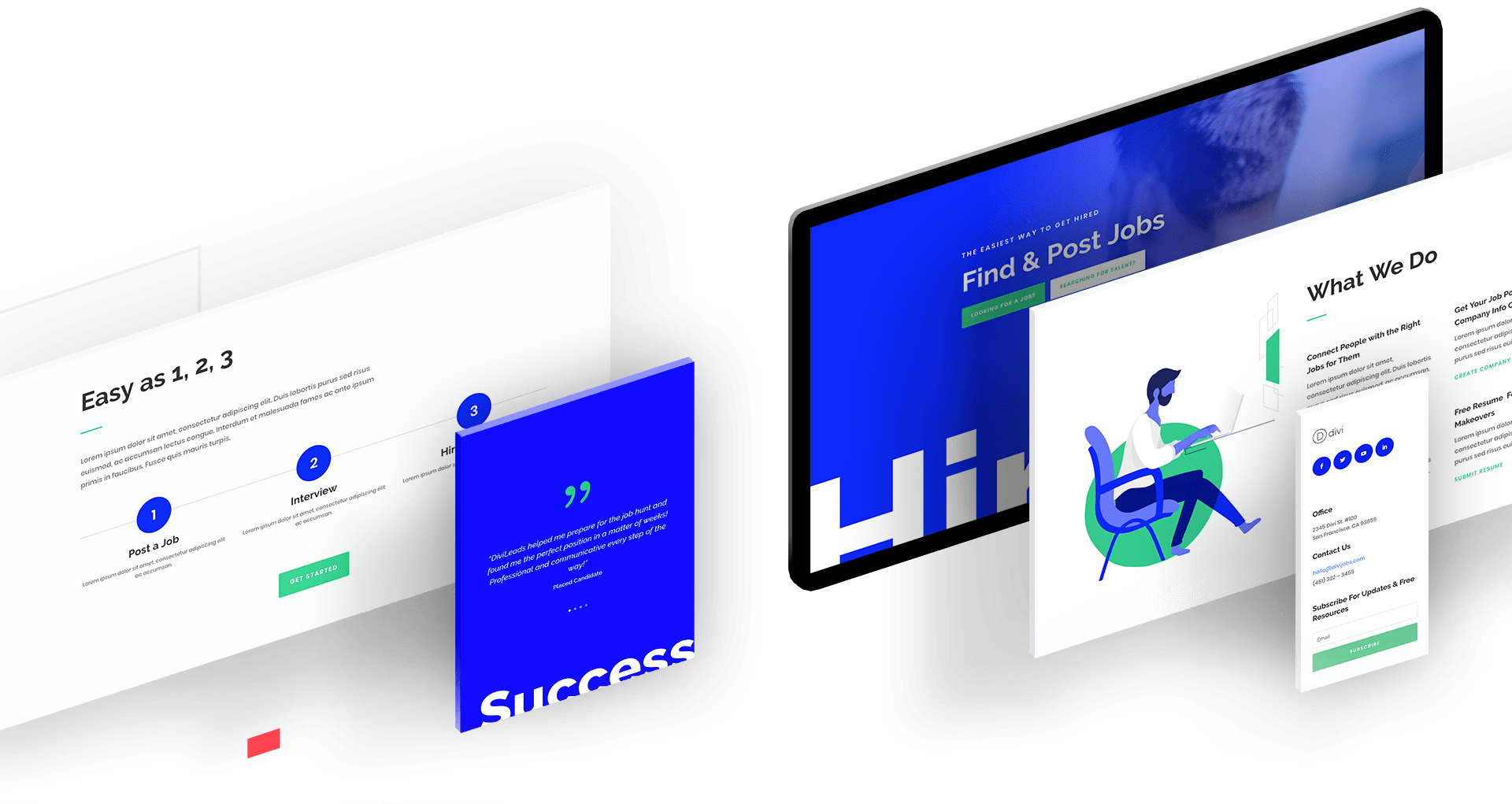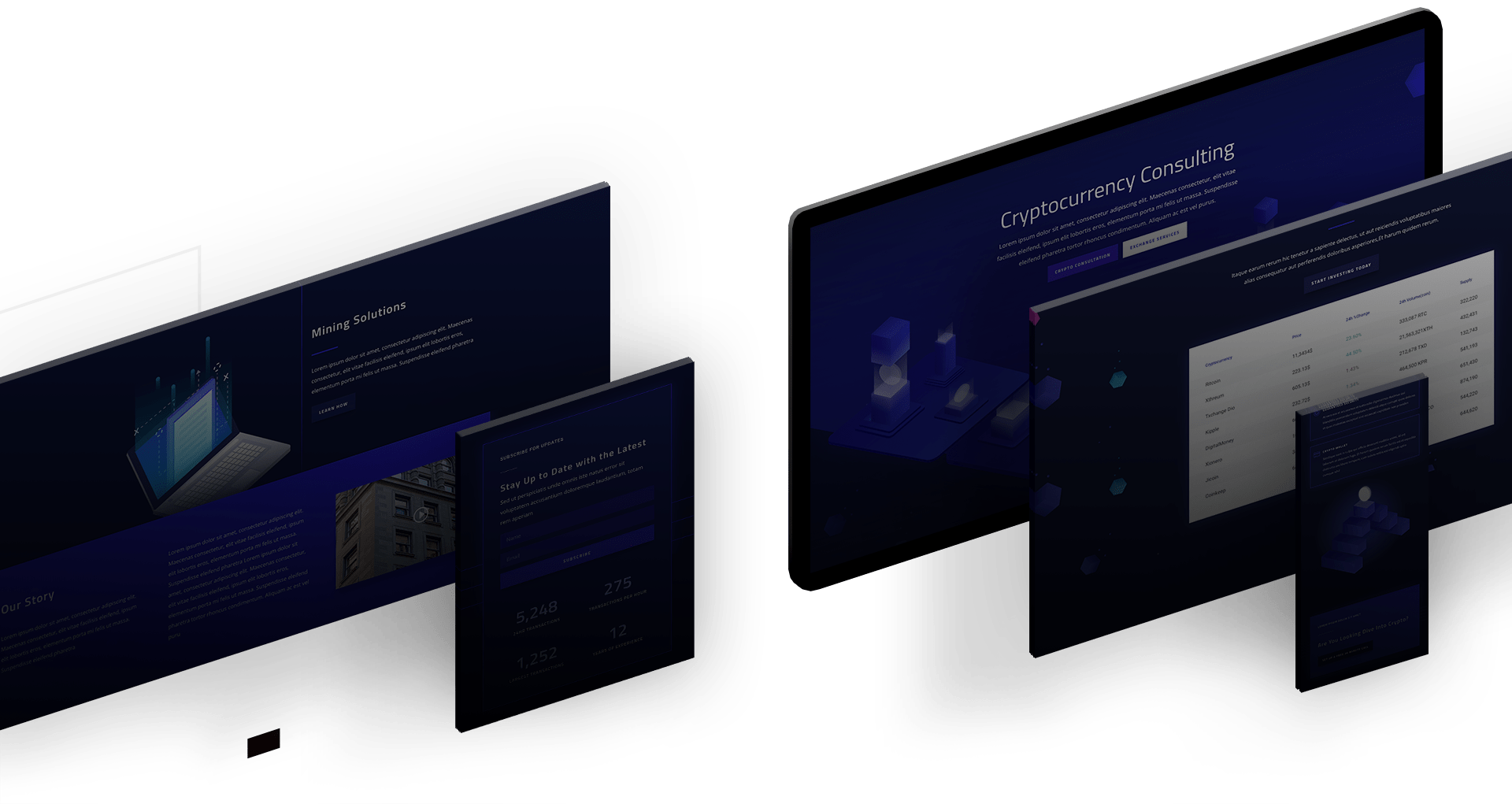In the realm of digital marketing, the blog post remains a cornerstone of effective content strategy. However, simply publishing articles is insufficient to achieve optimal online visibility. To truly leverage the power of blogging for business growth, your content must be strategically crafted to resonate with both human readers and search engine algorithms. This is where the discipline of SEO blog writing becomes paramount.
This guide provides a comprehensive, step-by-step framework for how to write SEO blog posts that not only engage your target audience but also achieve high rankings in search engine results pages (SERPs). We will outline a practical process, incorporating essential SEO blog writing tips, and even provide a complimentary SEO optimized blog post template to facilitate your content creation efforts.
Whether you are a seasoned content marketer or a business owner venturing into the world of blogging, this guide will equip you with the knowledge and tools to create SEO blog posts that drive organic traffic and contribute meaningfully to your online objectives.
Step 1: Keyword Research – Laying the Foundation for SEO Success
The cornerstone of any effective SEO blog post is meticulous keyword research. This initial step informs your topic selection and ensures your content is aligned with the terms your target audience actively searches for.
- Brainstorm Initial Keywords: Begin by brainstorming potential topics relevant to your industry and target audience. Consider the questions your customers frequently ask, the problems they face, and the information they seek online. Think broadly and generate a diverse list of initial keyword ideas.
- Utilize Keyword Research Tools: Employ reputable keyword research tools (e.g., Google Keyword Planner, SEMrush, Ahrefs) to expand your initial list and uncover valuable data. These tools provide insights into:
- Search Volume: The estimated number of monthly searches for a given keyword. Aim for keywords with a balance of decent search volume and manageable competition.
- Keyword Difficulty: An assessment of how challenging it will be to rank highly for a specific keyword. Prioritize keywords with lower to medium difficulty, especially when starting out.
- Related Keywords & Long-Tail Keywords: Identify related keywords and long-tail keywords (longer, more specific phrases) to broaden your content’s reach and capture niche searches. For example, instead of “content marketing,” a long-tail keyword might be “how to measure content marketing roi for small businesses.”
- Analyze Keyword Intent: Crucially, understand the search intent behind your chosen keywords. What are users actually looking for when they type in a particular query? Are they seeking information, product comparisons, solutions to a problem, or transactional pages? Align your content’s format and focus with the dominant search intent to maximize relevance and engagement.
- Select a Primary Keyword and Supporting Keywords: Based on your research, choose one primary keyword that accurately reflects your blog post’s main topic and offers a good balance of search volume and relevance. Then, identify a cluster of 2-3 supporting keywords that are semantically related and can be organically integrated throughout your content.
Thorough keyword research is not merely about finding popular terms; it is about strategically selecting keywords that align with your audience’s needs and search behavior, setting the stage for SEO blog posts that attract the right kind of traffic.
Step 2: Outline Your Blog Post – Structuring for Readability and SEO
Once you have your keywords, the next step is to create a structured outline for your SEO blog post. A well-organized outline enhances both readability for human visitors and crawlability for search engine bots.
- Develop a Compelling Title: Craft an engaging and SEO optimized title that incorporates your primary keyword naturally and accurately reflects the content’s core value proposition. Utilize power words and consider incorporating numbers or brackets to enhance click-through rates in search results. (Refer to the title of this very blog post as an example).
- Structure with Headers (H2, H3, etc.): Employ a clear header hierarchy using H2, H3, and potentially H4 tags to organize your content logically. Each header should represent a distinct section or subtopic within your blog post. Strategically incorporate your primary and supporting keywords within relevant headers to signal topic relevance to search engines.
- Create a Logical Flow: Outline the flow of your blog post, ensuring a logical progression of ideas and information. Start with an engaging introduction that clearly defines the topic and its relevance to the reader. Develop the main body with well-structured sections, and conclude with a summary and call to action (if appropriate).
- Plan for Visual Elements: Consider incorporating visual elements such as images, infographics, or videos to break up text, enhance engagement, and illustrate key points. Plan where these visuals will be placed within your outline. Remember to optimize image alt text with relevant keywords for SEO benefit.
- Outline Key Takeaways/Bullet Points: Identify opportunities to incorporate bullet points, numbered lists, or tables to present information concisely and improve readability. Search engines and readers alike appreciate well-formatted, easily digestible content.
A meticulously crafted outline serves as a roadmap for writing an SEO blog post that is not only informative and engaging but also structurally optimized for search engine recognition and user experience.
Step 3: Content Creation – Writing Engaging, SEO-Friendly Copy
With your keywords and outline in place, the core task is content creation. This is where you bring your blog post to life, focusing on writing compelling, valuable, and SEO-optimized copy.
- Write for Your Audience First: Always prioritize your readers. Write in a style that is engaging, informative, and tailored to your target audience’s knowledge level and interests. Avoid overly technical jargon or overly simplistic explanations, striking a balance that resonates with your intended readership.
- Organically Integrate Keywords: Incorporate your primary and supporting keywords naturally throughout your content. Focus on semantic relevance and context. Avoid keyword stuffing, which detracts from readability and can be penalized by search engines. Aim for a smooth, organic integration that enhances, rather than disrupts, the reading experience.
- Provide In-Depth, Valuable Information: Go beyond surface-level content. Aim to provide in-depth, comprehensive information that genuinely addresses your readers’ queries and offers actionable insights. Longer, high-quality content often performs better in search rankings and provides greater value to your audience.
- Incorporate Internal and External Links: Strategically include internal links to other relevant pages on your website to improve site navigation and distribute link equity. Also, incorporate external links to credible, authoritative sources to enhance the trustworthiness and value of your content.
- Optimize for Readability: Employ formatting techniques to improve readability. Use short paragraphs, clear sentences, bullet points, headings, subheadings, and ample white space to make your content visually appealing and easy to scan. Readers are more likely to engage with content that is easy on the eyes.
Creating high-quality, SEO-optimized content is not simply about writing for search engines; it is about writing for people while strategically incorporating SEO best practices to enhance discoverability and reach a wider audience.
Step 4: On-Page Optimization – Fine-Tuning for Search Engines
Once your content is drafted, the final step is on-page optimization. This involves fine-tuning specific elements of your blog post to maximize its SEO potential.
- Optimize Your Title Tag & Meta Description: Craft compelling title tags and meta descriptions that accurately reflect your content and incorporate your primary keyword. These elements are crucial for click-through rates from search results. Aim for compelling and concise copy that entices users to click.
- Optimize Header Tags: Ensure your header tags (H1, H2, H3, etc.) are correctly structured and incorporate relevant keywords where natural and appropriate. H1 should contain your primary keyword and accurately represent the main topic. Subheadings (H2, H3) should further organize content and incorporate supporting keywords.
- Optimize Image Alt Text: For every image you include, write descriptive alt text that incorporates relevant keywords. Alt text helps search engines understand the content of your images and also improves accessibility for visually impaired users.
- Optimize URL Structure: Ensure your blog post URL is concise, keyword-rich, and user-friendly. Ideally, your URL should include your primary keyword and be easily readable (e.g.,
/write-seo-blog-posts-that-rank). - Mobile-Friendliness Check: Ensure your blog post is mobile-friendly and renders correctly on various devices. Mobile-friendliness is a crucial ranking factor, and a significant portion of web traffic now originates from mobile devices.
On-page optimization is the final polish that ensures your SEO blog post is not only well-written but also strategically configured for optimal search engine visibility and performance.
Get Started Now: Download Your Free SEO Blog Post Template
To further streamline your content creation process, we are pleased to offer a complimentary SEO-optimized blog post template. This template provides a pre-structured framework, incorporating best practices for SEO and readability, allowing you to focus on creating compelling content.
By following this step-by-step guide and utilizing our free template, you are well-equipped to write SEO blog posts that rank, attract organic traffic, and contribute significantly to your online marketing success. Embrace these techniques, consistently create high-quality content, and observe your search engine visibility and online engagement flourish.

“Lightning looks at these guys and says, ‘Man those guys are fast!’ Heath and his team are rock stars, real wordsmiths. On time and phenomenal work!”

“Textworkers has written the INC 5000 List for several years along with various projects for Fast Company and INC Magazine. Very impressive quality.”

“The content is quality and the turnaround is very solid. Textworkers wrote over a hundred pages of content in less than 10 business days. Unreal.”

